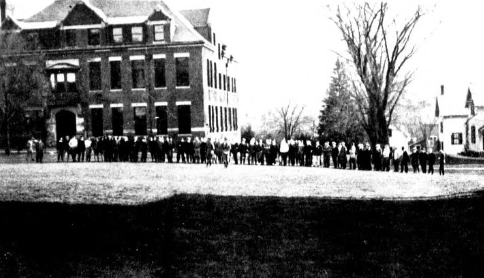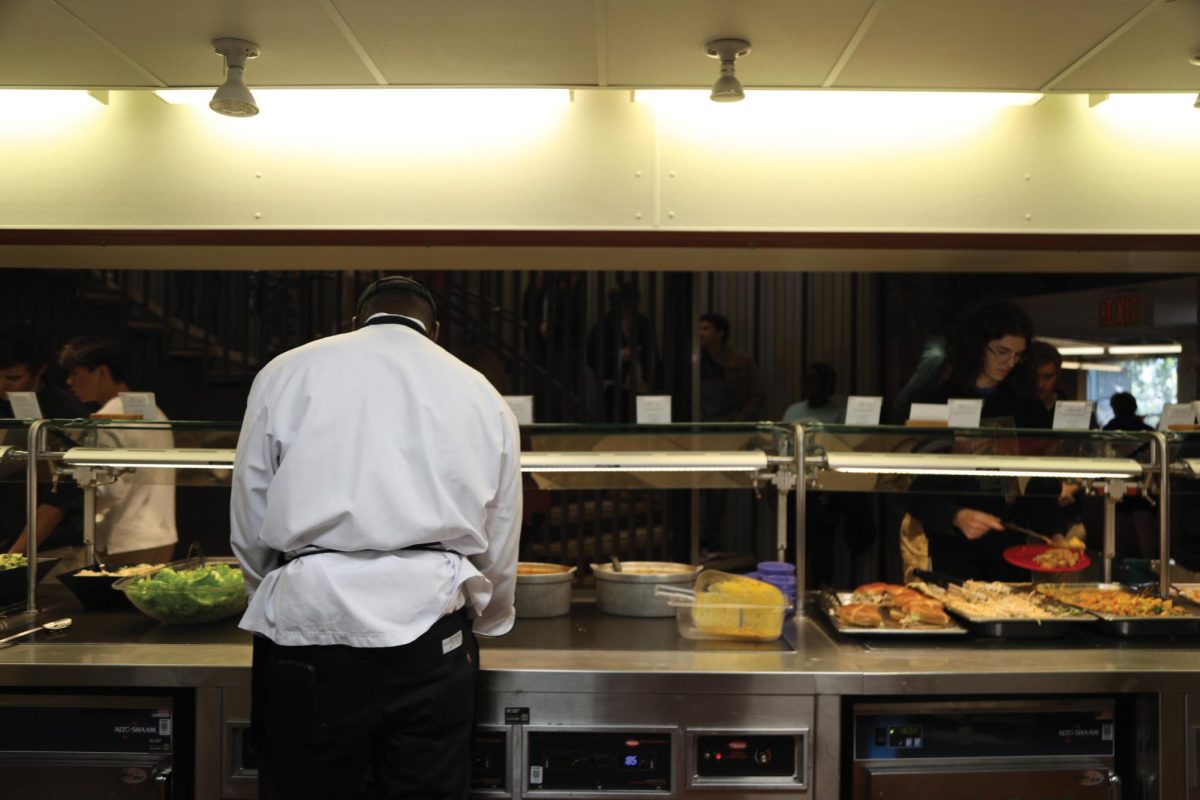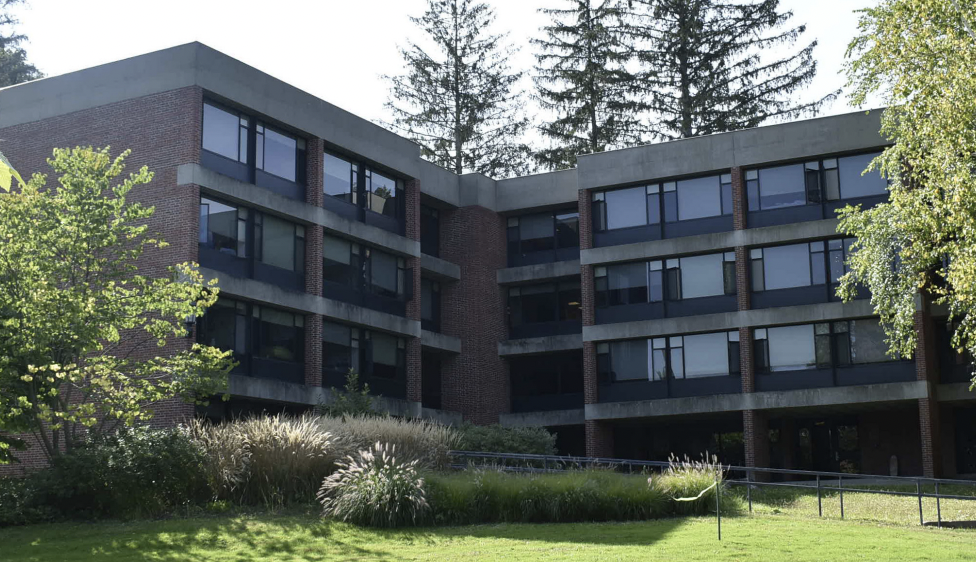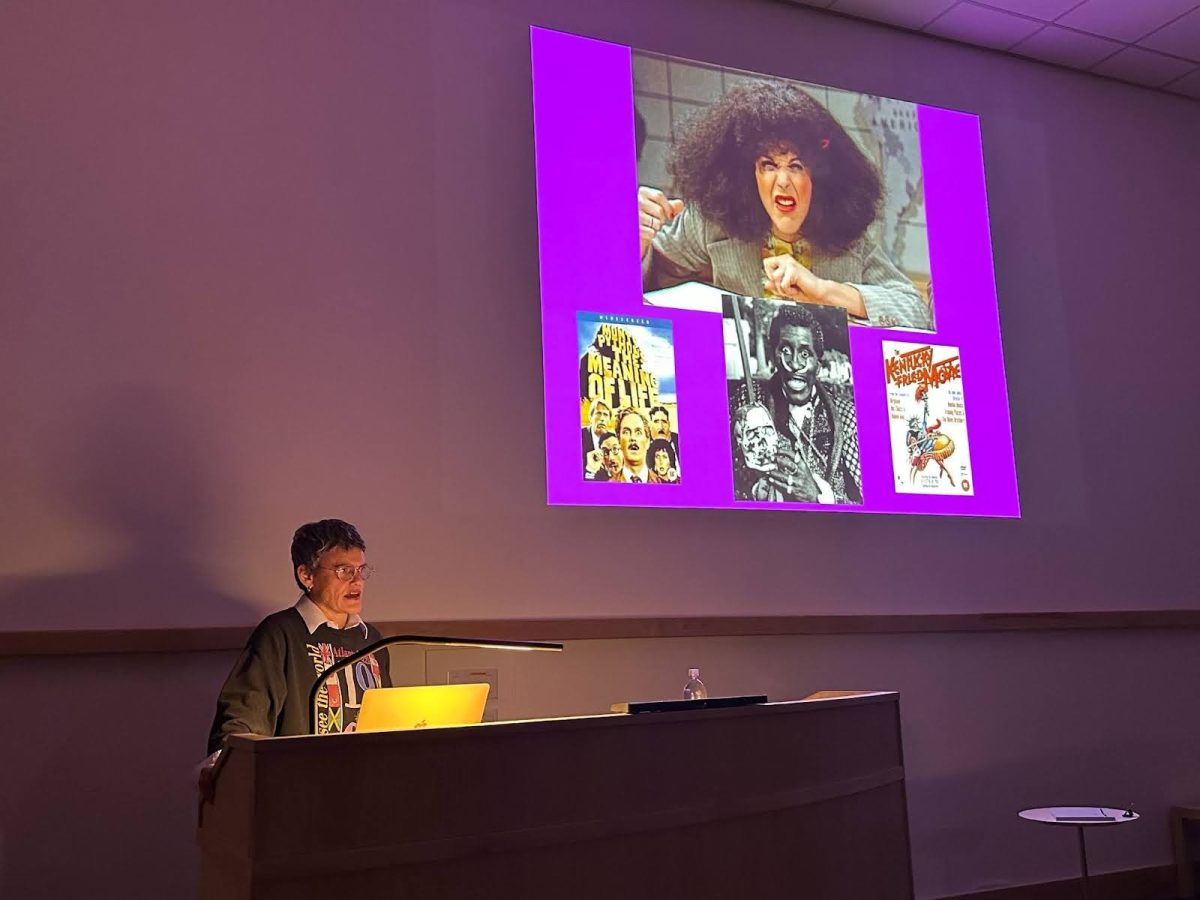Historical Ephvents: The College during World War I
November 9, 2022

Over its 229-year history, the College has operated during some of the world’s greatest, most shameful, and most humorous moments. Since 1887, the Record has reported on these events. Historical Ephvents, a new column, will explore the Record’s reporting on historical events — beginning with the First World War.
Upon entering the Great War, the United States called for a massive mobilization of American troops, and many college students left their studies to serve the nation on the battlefields of Belgium and France. Students at Williams were no exception.
The still-young Record thus became a diligent observer of the war. In April 1917, the Record reported that faculty were largely opposed to the prospect of students leaving the College to enlist.
“Every Williams undergraduate should remain here and, along with his college work he can study military art and the R.O.T.C,” one professor said. “Then he will be able to take his place, one commensurate with his ability, in the service of the country when he is properly trained.”
Opinions, however, were not unanimous. “If I had a son in college, I should want him to enlist, because I think the country would need his service and that such service as he could give would bring him a greater return than what he might get if he were to decline,” countered another faculty member.
Later that month, the Record reported that Captain Thomas Gimperling of the United States Army had arrived in Williamstown to begin an officer training regime and organize a College battalion. Harry A. Garfield — who was president of the College at the time and the son of former U.S. President and Williams alum James A. Garfield — also announced that students could drop two academic classes if they joined.
By the end of April 1917, the College’s battalion consisted of over 83 percent of the student body, the Record reported. Although the College was “one of the first of the eastern colleges” to have its population of enrolled students be roughly comparable to its student body, the Record did report that it must “relinquish first honors to Amherst which [had] the enviable record of having 89 percent of its student body signed up for training.”

The hiring of Captain Charles Cecil, a military tactician, cemented the College’s transition to focusing on officer training.
Despite faculty debate and the introduction of a College battalion, the desire to serve in the war greatly affected college enrollment, according to a September 1917 issue of the Record, which reported that attendance at the College had declined by over 100 students from the past year.
In the same issue, the Record covered a few additions to the College’s curriculum: three “Military Art” classes, which were physical education courses where students could learn military drills, military history, and even “receive instruction in range shooting at the College range near South Williamstown.”
Some War Department officials even reached out to the College via Record advertisements: The Balloon Corps (yes, a real entity) advertised job opportunities for hot air balloon pilots.
Record coverage of the impacts of the war stretched beyond the realm of student enlistment. A December 1917 edition included a plea from then-College Treasurer Willard Hoyt, who wished to “call the attention of the student body to the necessity of preserving the College coal supply” for the good of U.S. troops.
In addition, a May 1918 edition noted that only two classes — the Classes of 1868 and 1893 — held reunions that year, and that the commencement ceremony for the Class of 1918 — which contained only 19 students post-recruitment — had been “reduced to a few formal ceremonies.”
This edition also included an editorial asking students to not enlist in the U.S. army until the end of the fall of 1918, or to at least not enlist mid-way through the semester. The article admonished students who left after midterm examinations, labeling them as “procrastinators.” Students who complied with this request by not enlisting were spared fighting in the war, as the conflict ended on Nov. 11, 1918. Students who interpreted the article as demanding they make up their minds about joining the military, on the other hand, may very well have enlisted before the fall semester began — putting them at risk of death in combat or from the Spanish flu.
This article was also one of the last to be published in the original incarnation of the Record. With such a high percentage of students at the College involved in the war effort, operations at the Record were suspended in the fall of 1918. A January 1919 edition — the first after its temporary suspension — explained that the Record was a publication that “belonged in peace times” and was paused to “honor” the war-bound men. It also included an appeal to readers that stated: “YOU are the biggest asset we have. Do your part — subscribe now — pay now” — which is just a truncheon away from being a threat.
Though most students at the College today don’t have military experience, the same cannot be said about our predecessors a century earlier. These student-soldiers had their formative years disrupted and scarred by the events of the war that did not, in fact, end all wars.







